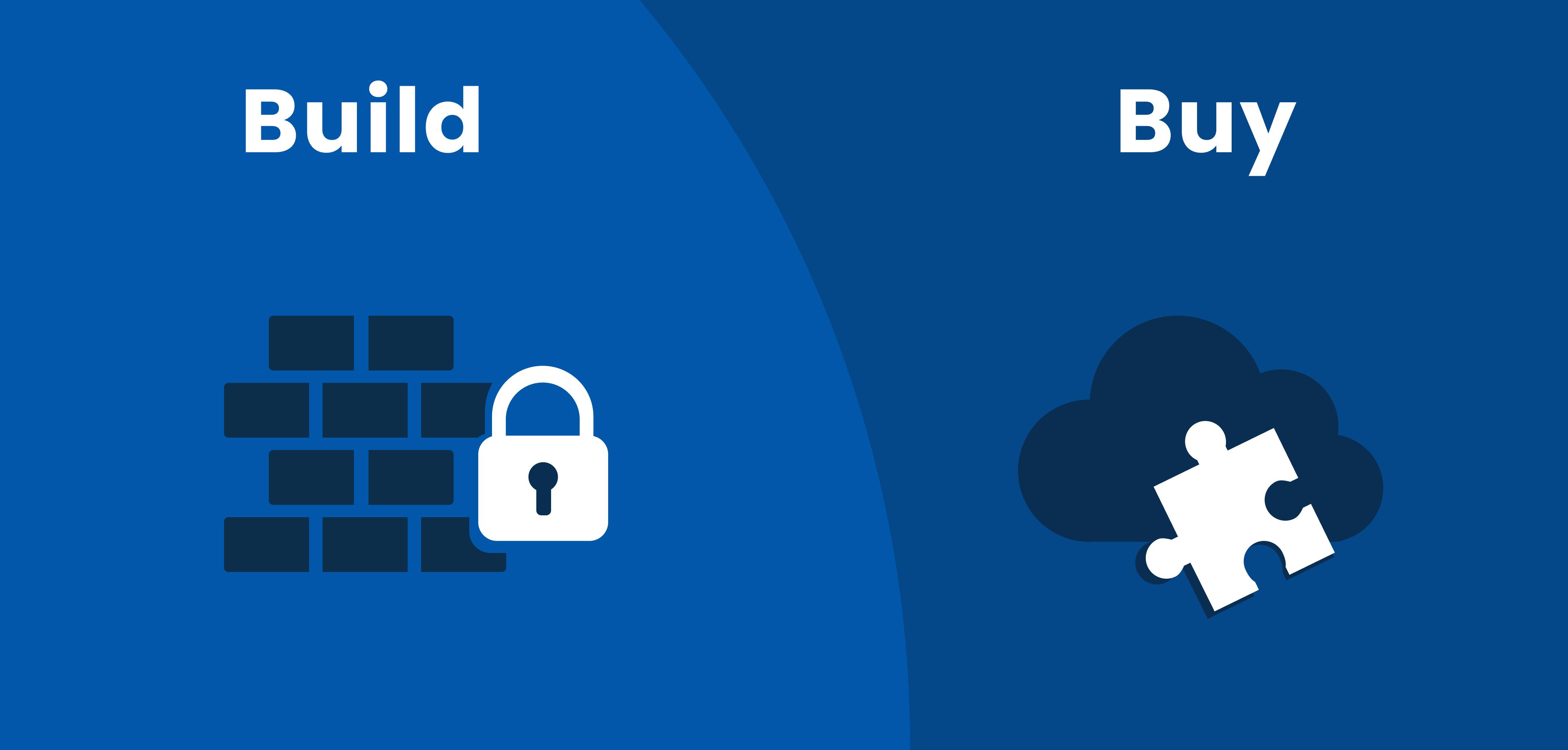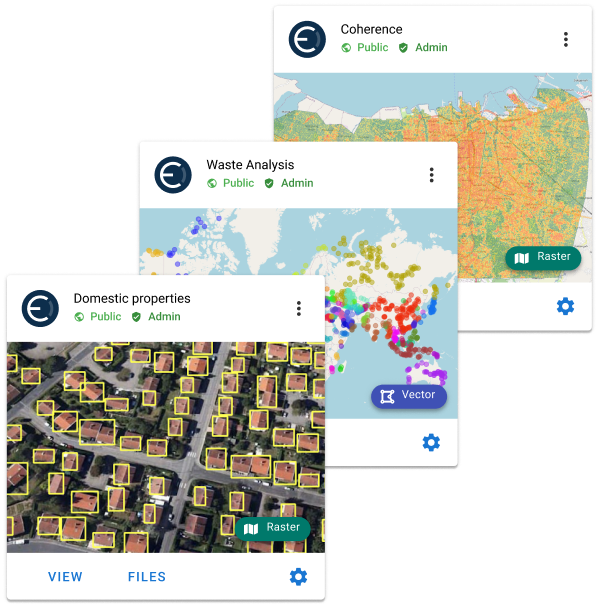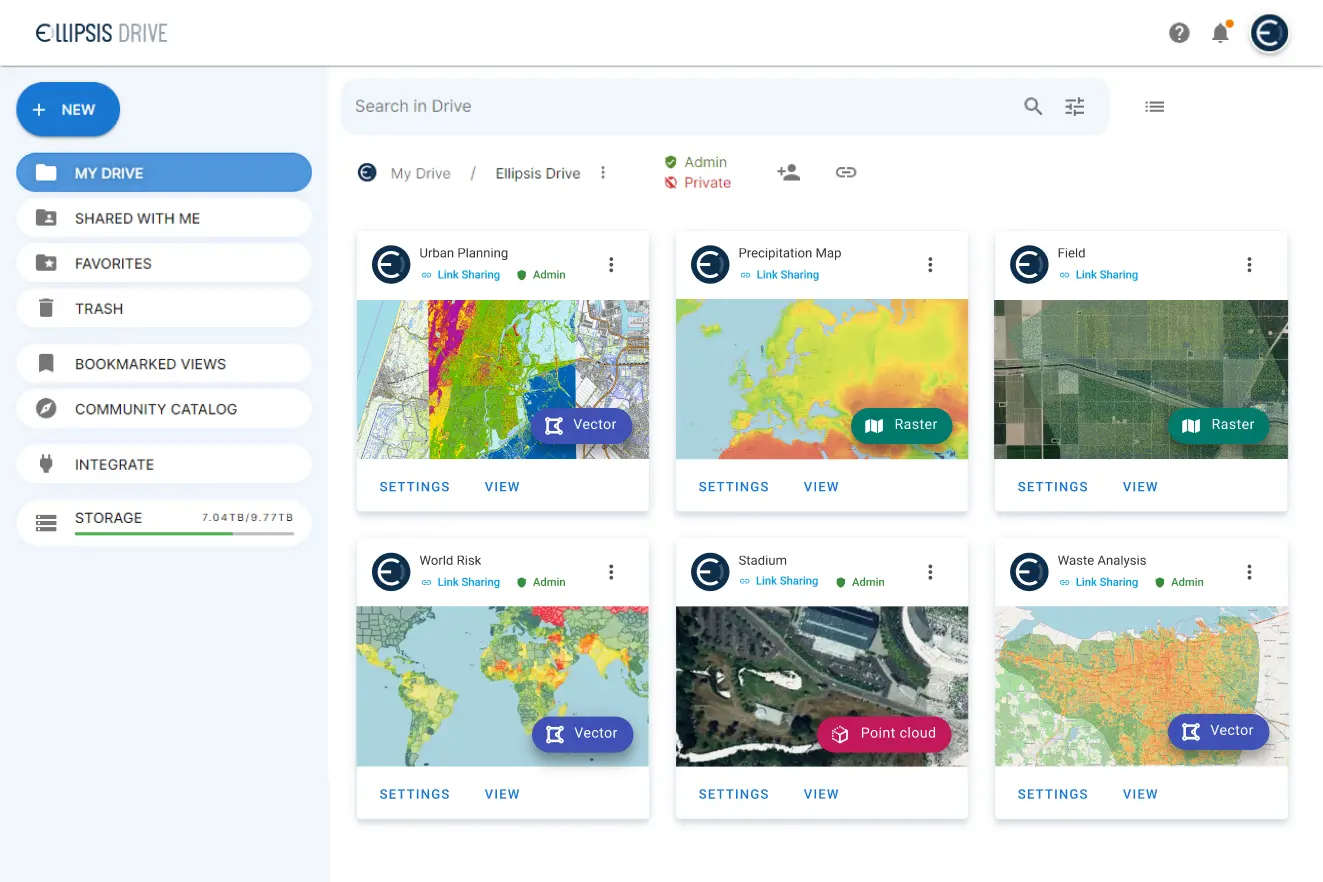Should you buy or build your Spatial Data Infrastructure? (Part 1)

Contents
Introduction: The Buy vs Build Dilemma in Geospatial
In today’s data-driven world, geospatial information has become a cornerstone of strategic decision-making. From oil and gas exploration to logistics optimization, organizations rely on spatial insights to make faster, smarter choices. But before these insights can be unlocked, there’s a critical underlying question every organization faces: should you build your own Spatial Data Infrastructure (SDI) in-house, or should you buy an off-the-shelf solution?
This article explores the trade-offs behind each approach, the hidden costs that organizations often overlook, and the strategic considerations that should guide your SDI decision making. We’ll break down the options, examine the implications of flexibility, scalability, and interoperability, and offer guidance on when to buy, when to build, and when a hybrid approach can provide the optimal solution.
Let’s go!
Setting the Stage: The Options for Creating a Baseline Spatial Data Infrastructure
When designing, or redesigning a foundational Spatial Data Infrastructure, organizations have several options, each with its own trade-offs. Choosing the right approach starts with understanding the full spectrum of possibilities and aligning them with your strategic goals, technical requirements, and budget. Broadly, there are three routes:
1. Build In-House with Open Source Tools
This option gives organizations maximum control. Using open-source frameworks, GIS libraries, and cloud infrastructure, teams can craft processing pipelines, database structures, and governance rules tailored to their specific workflows. The flexibility is unmatched, but it comes at a cost: assembling skilled teams, maintaining the infrastructure, and keeping it updated over time can be resource-intensive.
2. Commission a Third-Party to Build a Custom Solution
If your organization lacks internal capacity but needs bespoke functionality, hiring a third party to build a custom SDI is an alternative. This delivers a tailored infrastructure while leveraging external expertise. While this approach reduces internal workload, it still involves significant investment and ongoing dependency on the vendor for updates, support, and scalability.
3. Buy an Off-the-Shelf Solution
Off-the-shelf SDIs provide rapid deployment, pre-configured workflows, and cloud scalability. They are typically built with interoperability in mind, supporting open standards and APIs that integrate with existing tools (but not always, so do beware). While they offer operational speed and lower upfront costs, they may limit deep customization and could involve vendor lock-in.
4. Hybrid Approaches
Many organizations find a combination of these approaches most effective. For example, an off-the-shelf platform can provide the scalable foundation, while custom modules or integrations address unique business needs. This hybrid model balances speed, cost-efficiency, and tailored functionality, allowing organizations to scale and adapt without over-investing in full-scale in-house development.
Across all approaches, one principle is universal: interoperability and standards compliance are non-negotiable. Ensuring that your SDI can communicate with other systems, adapt to new data formats, and evolve with organizational needs is essential to your long term success.
Hidden Costs and Interoperability: The Price You Don’t See
While the upfront cost of building or buying a Spatial Data Infrastructure is obvious, the real expenses often lurk beneath the surface. Understanding these hidden costs is critical for making a sustainable decision that does not lead to unwanted surprises down the road.
In–house Build: The direct financial investment in talent, infrastructure, and software is just the beginning. Maintenance, ongoing updates, and adapting to evolving data formats, protocols and tools can quickly escalate costs. Teams must also account for downtime, training, and the operational overhead of managing a complex data ecosystem. Without careful planning, the infrastructure may become brittle, difficult to scale, or incompatible with emerging technologies.
Off-the-shelf Buy: Hidden costs often appear in the form of paywalled features (that are critical for scaling your operations), vendor lock-in, or limitations in customization. While off-the-shelf platforms can accelerate deployment and reduce immediate resource strain they can also neglect interoperability. Without interoperable flexibility, organizations risk locking themselves into rigid pipelines that are expensive or impossible to adapt. This can hinder scaling, integrating new data sources, or responding to changing market demands. Essentially, ignoring interoperability is a cost that compounds over time, limiting the organization’s agility and ability to derive value from its spatial data.
Ultimately, the price of an SDI isn’t just measured in upfront dollars, it’s measured in adaptability, speed to insight, and long-term strategic advantage.
Key Considerations in the Buy vs Build Decision
As mentioned, this decision isn’t just about cost, it’s about long-term adaptability, technical resilience, and strategic alignment. Choosing whether to buy or build your Spatial Data Infrastructure (SDI) comes down to a few critical factors that shape both short-term efficiency and long-term adaptability.
Flexibility
Building in-house demands upfront investment in infrastructure and talent, which can create path dependency and limit your ability to pivot later. Buying often offers more agility: subscription models make it easier to scale usage or even switch providers as your needs evolve.
Interoperability
Spatial data only delivers value when it flows across systems. The right off-the-shelf SDI will support open standards like STAC, OGC, and WMTS, making integration with existing GIS tools and APIs straightforward. A custom build can achieve the same, but only if interoperability is deliberately prioritized from day one.
Scalability
At small scales, in-house builds may suffice. But as datasets grow, so do storage, compute, and maintenance costs. Cloud-native solutions absorb this complexity, providing elastic scalability without overwhelming your team or budget.
In the end, the right choice depends on your priorities: build when you prioritize control, uniqueness and IP, buy when you prioritize speed, scale and stability. Most organizations will find that stability, flexibility, interoperability, and scalability tip the balance toward buying, or a hybrid path.
Closing Thoughts
There’s no universal answer to the buy vs build question. Building offers control and customization, while buying delivers speed, interoperability, and scalability. The key is to align your choice with your long-term goals. In most cases, stability, flexibility and adaptability matter more than ownership. Choose the path that keeps your Spatial Data Infrastructure ready for what’s next.
Liked what you read?

Subscribe to our monthly newsletter to receive the latest blogs, news and updates.
Take the Ellipsis Drive tour
in less than 2 minutes'
- A step-by-step guide on how to activate your geospatial data
- Become familiar with our user-friendly interface & design
- View your data integration options
